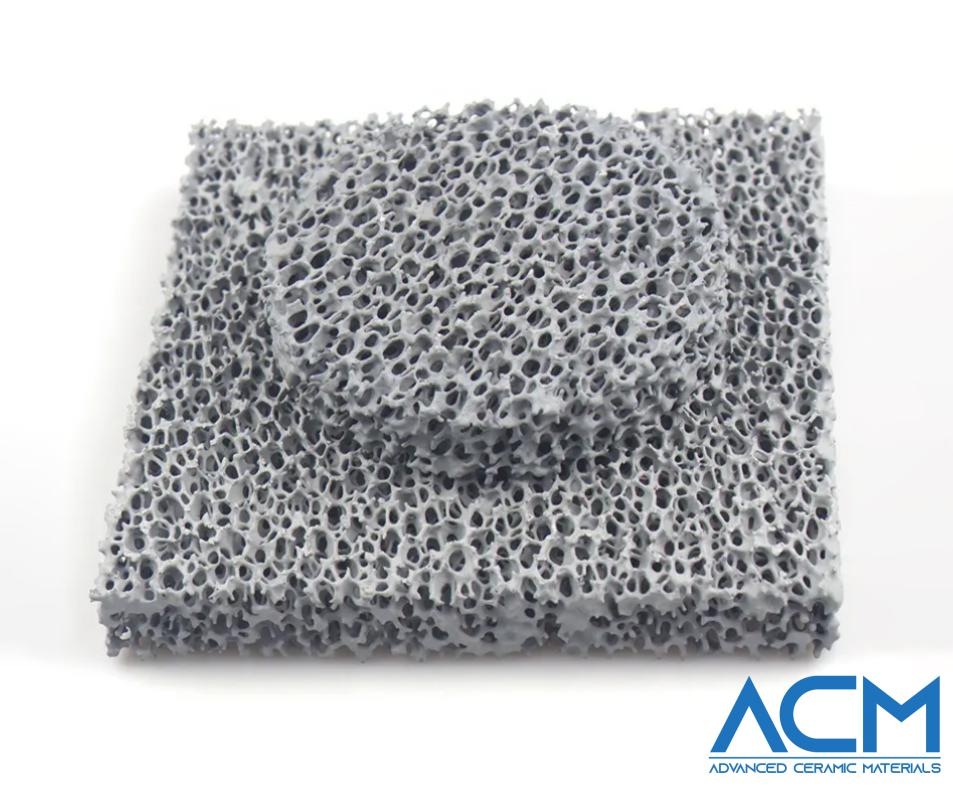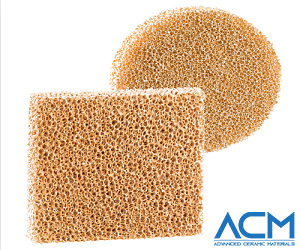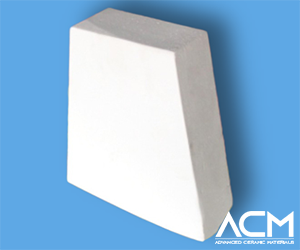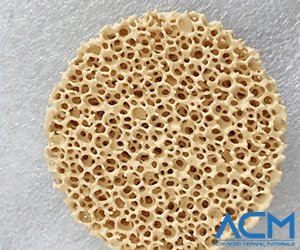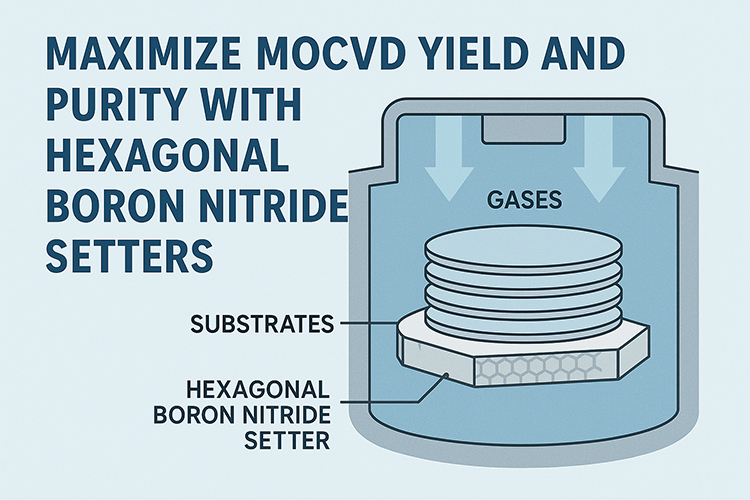What are Ceramic Foams? Properties, Manufacturing, and Uses
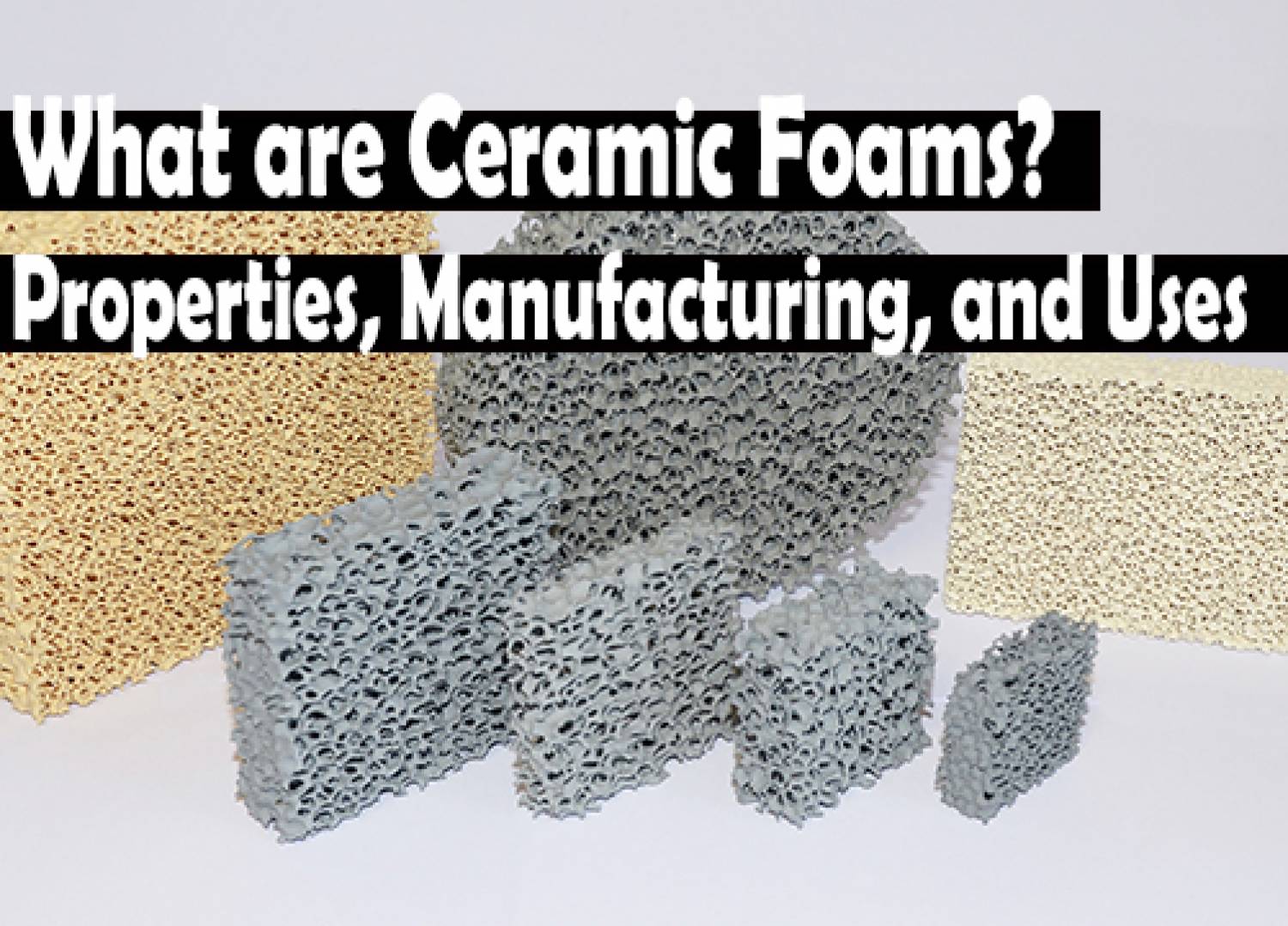
Ceramic foams are very important materials used in various industrial processes and mechanical equipment. In this article, we will discuss ceramic foams, their properties, processing and manufacturing techniques, the different types, and various uses of ceramic foams.
What Are Ceramic Foams?
Ceramic foams are very tough foams made from ceramics or processed from ceramics with foam-like structures. Ceramic foams have high porosity and high permeability. The basic use of ceramic foam is its use in filtering molten metal or hot gas. They are also used in thermal protection systems and heat exchangers.
Properties of Ceramic Foams
Ceramic foams have cellular structures that have a three-dimensional network of sluts. They are lightweight materials and exist as cellular structures, struts, and windows. They are porous and also brittle materials that consist of large void cells, these cells have linear dimensions usually ten micrometers to five millimeters.
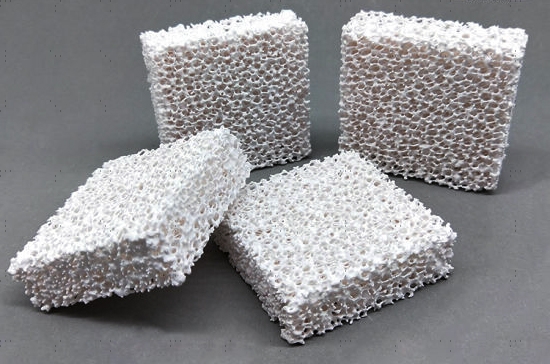
Ceramic foams are hard and air or other gas is trapped inside its porous structure. 94-96% of their mass volume is usually air and can withstand temperatures as high as 1700°C. Ceramic foams are not affected by oxidation or reduction.
Types of Ceramic Foams
The common types of ceramic foams are:
- Silicon Carbide (SiC)
- Alumina (Al2O3)
- Zirconia (ZrO2)
- Titania (TiO2)
- Silica (SiO2)
Ceramic foams have many amazing applications in different industrial and mechanical processes. They have attracted distinct attention in the past decades. Ceramic foams are lightweight and have high permeability and mechanical strength which makes them a good choice for various machining applications.
Manufacturing Techniques of Ceramic Foams
There are different methods used in making ceramic foams. Below is a list of the popular methods used in the fabrication process.
- Replication Method: this technique involves coating an open-cell polymeric foam with a ceramic slurry which is then followed by immediately burning out the polymeric foam by sintering. This produces a replica of the ceramic foam made from the original polymeric foam. Ceramic foams produced using the replication method have lower mechanical strength and higher permeability.
- Direct Foaming: This process begins with a suspension of ceramic slurry, then there is a foaming process, which is polymerization followed by removal of the mold and then the drying and sintering process. This technique produces strong and porous foams that can withstand machining.
- Starch Consolidation: This method is cheap, non-toxic, and environmentally friendly. The burnouts when done at temperatures ranging from 300-600°C are free of defects. Starch in the form of fine rice flour or food-grade is introduced as a gelling agent added with ceramic powder into distilled water. The mixture is thoroughly mixed by stirring, tapping, casting, coagulation, demolding, and then drying and sintering.
- Gel-Casting of Foam: This is a simple method that produces a high degree of homogeneity and high strength suitable for machining. The technique involves mixing the colloidal ceramic suspension which contains water-soluble monomers and a foaming agent. The foam is immediately gelled by the polymerization of the monomers right after foam formation. This technique produces rigid ceramic foams.
Al2O3 remains the most popular ceramic material in use in the production of ceramic foams. Alumina ceramic foams are usually manufactured using the polymeric sponge method. This method involves the impregnation of a polyurethane sponge with slurries that are made of Al2O3 particles. This is then followed by pyrolysis and sintering to solidify the foam and make it hard. In Direct foaming, silica and alumina serve as raw materials. It involves ball-milling silica glass. Lactic acid is used as a dispersant. In this method, commercial liquid detergent is adopted as the foaming agent. The other method which is the gel casting method uses industrial and mining wastes, such as glasses, low-grade silica, and alumina as its basic raw materials. The powder slurry is prepared containing a foaming and a gelling agent.
Uses of Ceramic Foam
- Electronics: ceramic foams have great use in the electronic industry due to their microstructures. They are used in producing electrodes, scaffolds, and batteries. They are also used as cooling components for separating pumped coolant from the circuits themselves. Silica, aluminum oxide, and aluminum borosilicate fibers are the most used.
- Insulation: Due to the high thermal conductivity of ceramics, ceramic foams provide a good resistance to heat and are used as efficient insulation materials. Ceramic foams are composed of aluminum oxide and this makes them harmless. Ceramic foams also have great strength and are a great choice for use as structural materials for industrial applications requiring low stress.
- Pollution Control: ceramic foams have high permeability and are used as an effective means for pollution control. They are used as effective devices for controlling particulate matter pollutants. They also support catalysts used to induce oxidation of the captured particulates. Ceramic foams are also used in wastewater treatment as they provide an effective surface for purifying wastewater.
- Biological materials: At present, research on porous hydroxyapatite biological foam ceramics is being carried out. Porous hydroxyapatite ceramics are very similar to inorganic substances of human bones and teeth, which are non-toxic to the human body and have excellent biocompatibility and bioactivity. Moreover, the interconnected pores facilitate the microcirculation of tissue fluid and promote the infiltration and growth of cells.
- Catalyst Carrier: Foamed ceramics have a high specific surface, which can be used as a catalyst carrier to increase effective contact area and enhance the catalytic effect. It has the advantages of heat resistance, non-pollution, non-poisoning, and low cost, and has been widely used in the treatment of toxic and odorous gases in the fields of automobile exhaust and chemical industry to further protect the environment.
- Thermal Insulation: Due to the existence of closed pores in foam ceramics, the efficiency of heat release and the convection during heat transmission are reduced, which makes foam ceramics have low thermal conductivity and excellent thermal shock resistance, so it is an ideal heat-resistant material.
Conclusion
Thank you for reading our article and we hope it can help you to have a better understanding of ceramic foams. For more information about ceramic materials, please visit https://www.preciseceramic.com/.
{{item.content}}
LEVE A REPLY
{{item.children[0].content}}
{{item.content}}
LEAVE A REPLY
SUBSCRIBE OUR NEWSLETTER
- Boron Nitride in Cosmetics: Enhancing Performance and Sensory Appeal
- Maximize MOCVD Yield and Purity with Hexagonal Boron Nitride Setters
- What Are the Advantages and Uses of Boron Nitride Ceramic Sheet?
- The Compression Annealing Advantage for Pyrolytic Boron Nitride
- Beyond Insulation: The Surprising Spectrum of Ceramic Thermal Conductivity









